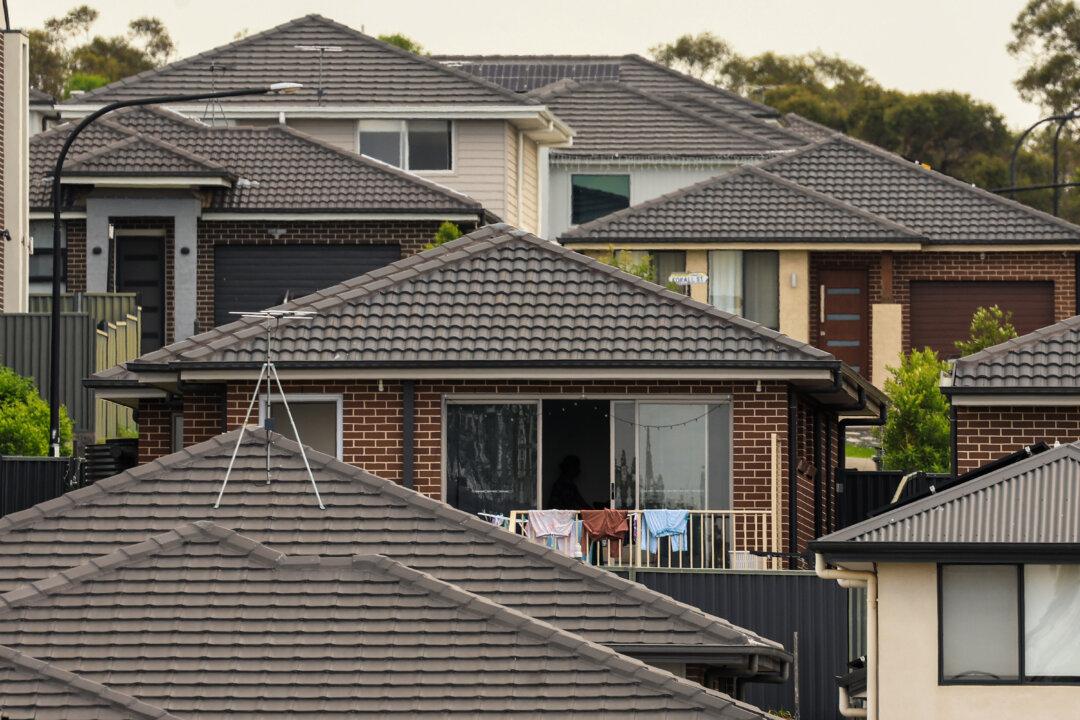A “critically important” desalination plant is touted as the only viable option to prevent South Australia’s Eyre Peninsula from running out of water.
It might seem counterintuitive, but locals are mounting a fierce fight against the project.
The $313 million (US$201 million) plant at Billy Lights Point on the outskirts of Port Lincoln needs to be up and running before 2026, warns SA Water, or else the community’s dwindling bore water reserves will be permanently damaged.
While the agency has known about the issue for decades, critics say it is only addressing it at the last minute as an excuse to bulldoze local concerns and force through the cheapest option.
Expert modelling says water is being drawn from the Uley South Basin, which provides three-quarters of the region’s drinking supply, at “unsustainable rates”.
Over-extraction could lead to seawater seeping into the basin and causing irreversible damage, impacting communities who rely on it and the environment, SA Water chief executive David Ryan told a parliamentary inquiry on Wednesday.
“This is a critically important project providing a sustainable and secure drinking water supply for 30,000 people on the peninsula,” Mr. Ryan said.
“So that’s why we’ve been going full steam ahead.”
Those warnings have failed to mollify members of the local community, who have threatened legal action if the project goes ahead.
Local native title body the Barngarla Determination Aboriginal Corporation supports the construction of a desalination plant in the region, but argues SA Water’s preferred location will damage sacred fish traps that provide irreplaceable connections to ancestors.
The corporation’s chair, Sonja Dare, said she intends to pursue “all legal and political avenues available to subject SA Water to independent scrutiny” if a new site is not selected.
SA Water says that is no longer an option.
Billy Lights Point is the only viable long-term option that can be built before an expected reduction in the available groundwater allocation by 2026, said Mr. Ryan.
Work to identify a location for a desalination plant in the region began in 2008.
The agency shortlisted more than 22 potential sites before settling on Billy Lights Point, even going so far as to purchase land for a location further south at Sleaford West at significant taxpayer expense.
That site was scrapped after it was determined the coastline’s treacherous swells and unyielding rock would make construction unfeasible.
Local aquaculture businesses have also voiced opposition to the project, concerned that saline effluent from the desalination plant will damage the environment and the industry.
Mark Andrews employs more than 70 workers farming mussels just off the coast from the proposed site and plans to invest millions more to grow his business.
He is concerned mussel seeds, called spat, would get sucked up by the desalination plant, reducing production.
“Why would you put a desal plant in a pristine aquaculture zone where the SA government promotes aquaculture, they want investment,” he told AAP.
“When you can go around the corner where there’s no aquaculture zone.
“No one in Port Lincoln wants it.”
SA Water says the industry’s fears are unfounded.
“We’ve had an independent marine science review panel, internationally recognised experts overseeing this,” Mr. Ryan said.
“Our board, I can absolutely assure you, would not have made a recommendation for Billy Lights Point if they didn’t feel comfortable and confident in the science.”







